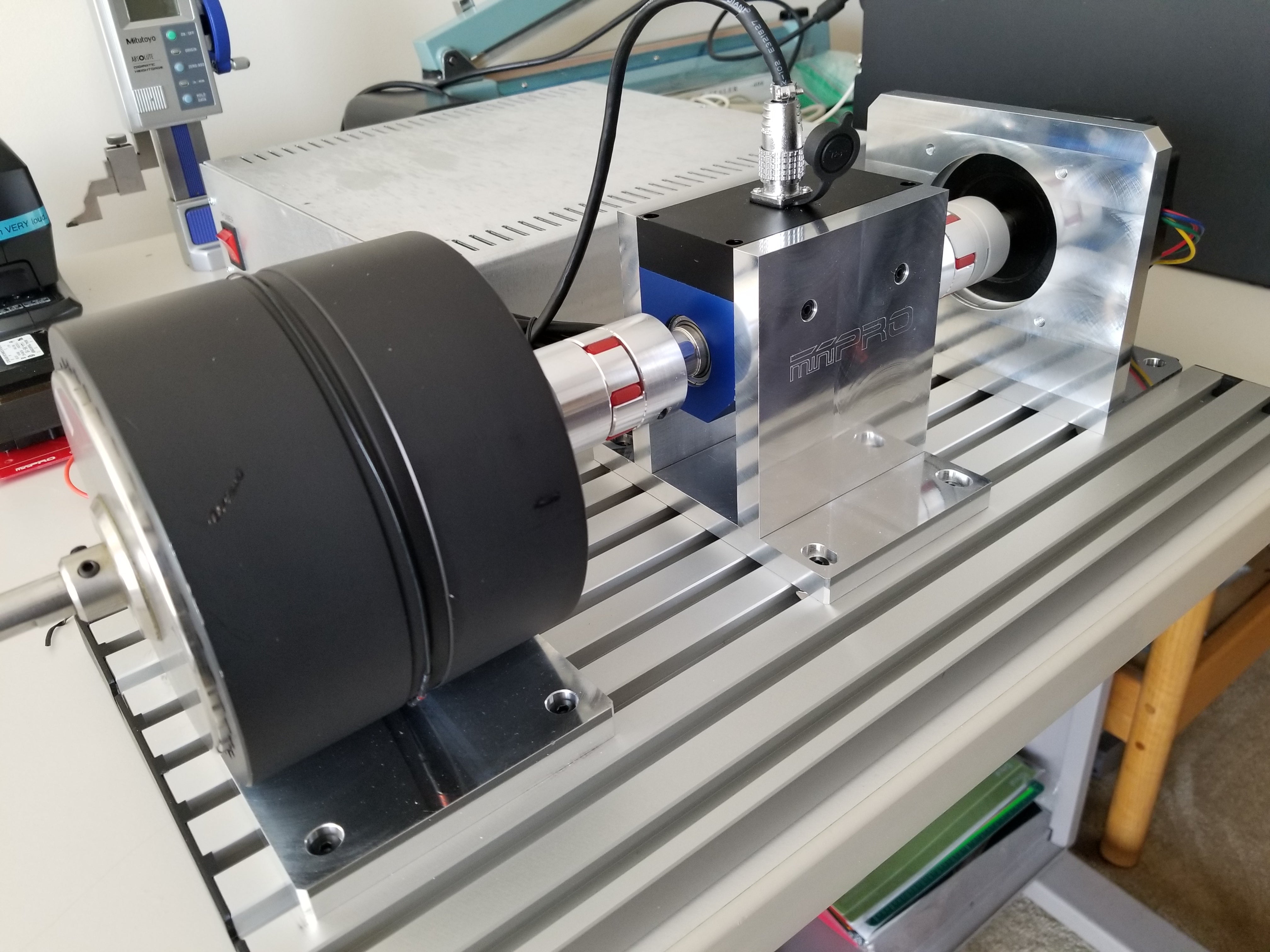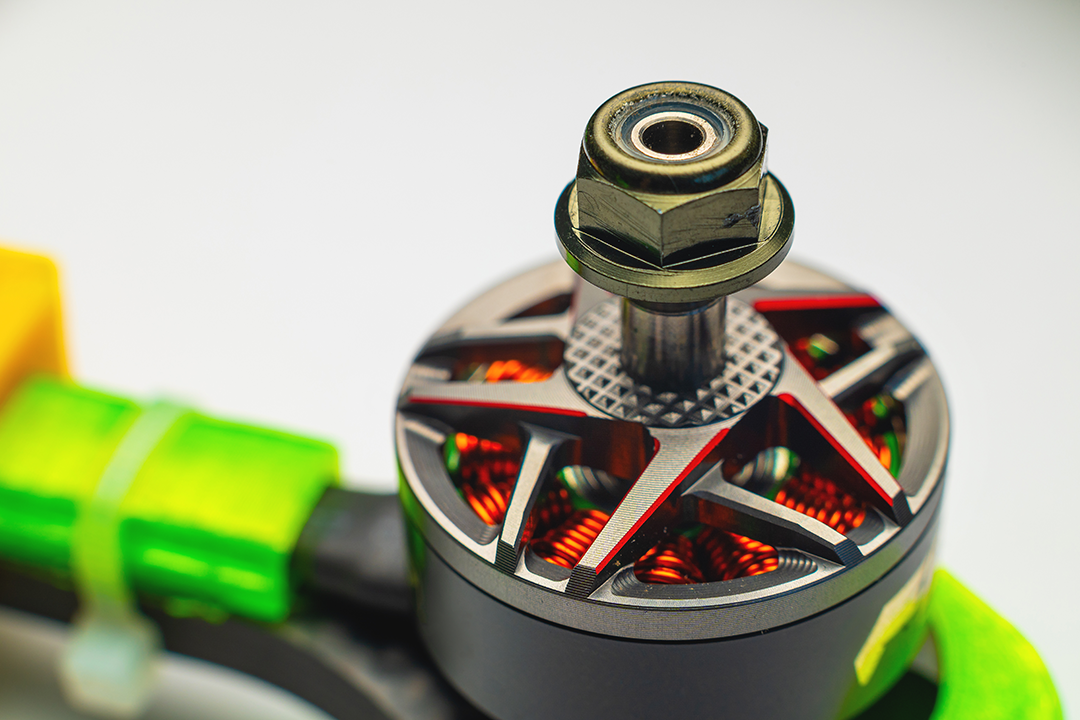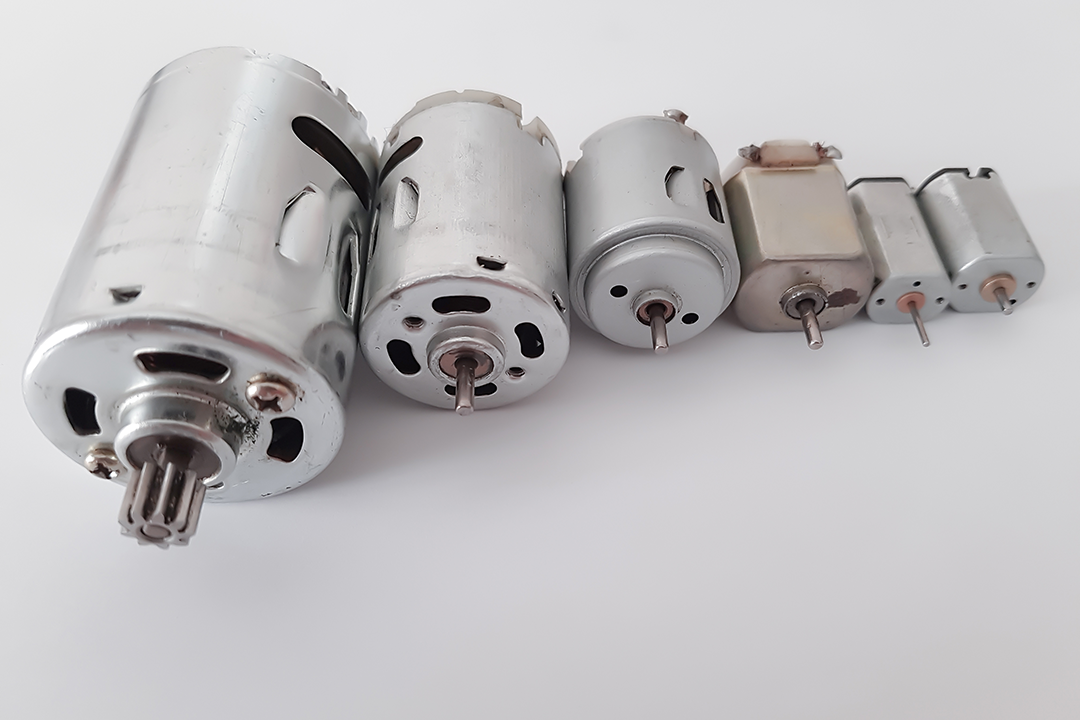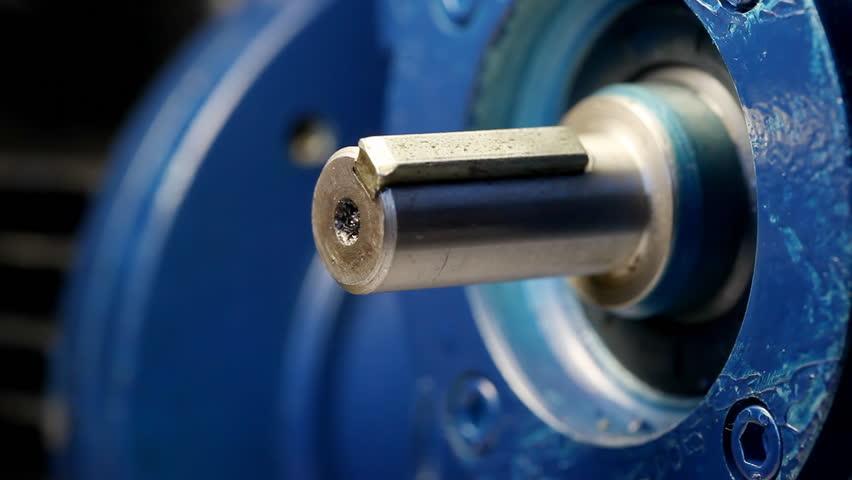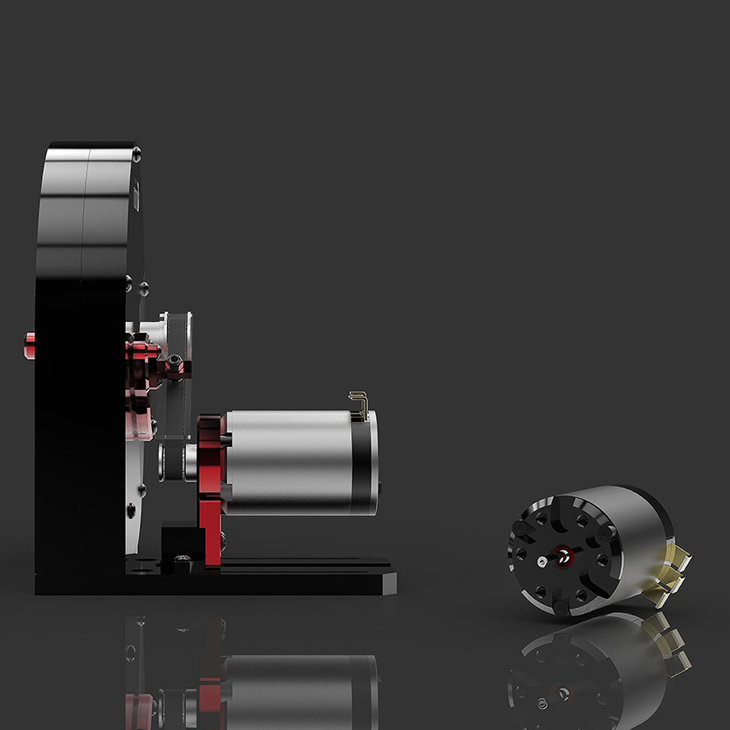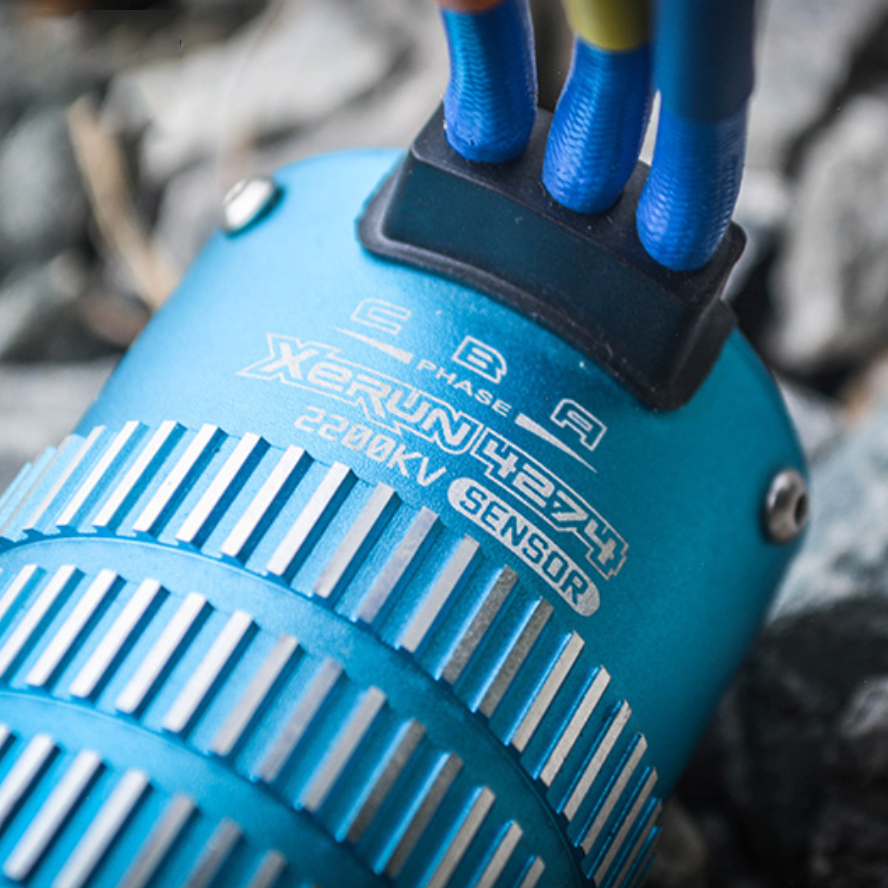Articles
Discover style insights and trends on our fashion lifestyle blog.
What is a Brake Dyno?
Brake dynamometers (dynos) are devices used to measure the power output and efficiency of engines and motors by simulating the resistance and load of...
Apr 17 2023
What is an Inertia Dyno?
Inertia dynamometers (dynos) are devices used to measure the power output of engines or motors. They work by measuring the rotational speed of a...
Apr 16 2023
What is Electromagnetic Interference (EMI)?
Electromagnetic interference (EMI) is the phenomenon in which an electromagnetic field created by one device interferes with the operation of another nearby device. This...
Mar 15 2023
What is a Brushless Motor?
Brushless motors are a type of electric motor that has gained significant popularity in recent years due to their high efficiency, low maintenance, and...
Mar 01 2023
What is a Brushed Motor?
Brushed motors, also known as DC motors, are a type of electric motor that has been used for many years in a variety of...
Feb 01 2023
Inertia vs. Brake Dynos
A dyno or dynamometer is a device used to measure the rotational speed (rpm) and torque of a moving motor or engine simultaneously to...
Jul 02 2021
Advantages of using an Inertia Motor Dyno
The MINIPRO® Electric Dyno offers many advantages when it comes to design and tuning electric motors. It's convenient for many markets, robots, radio control industry, medical, power...
Nov 17 2018
Understanding Motor Turns & Kv Rating
When you want to buy a new brushless motor for your r/c car, robot, or mechanical applications, have you ever been confused why the...
Nov 12 2018

